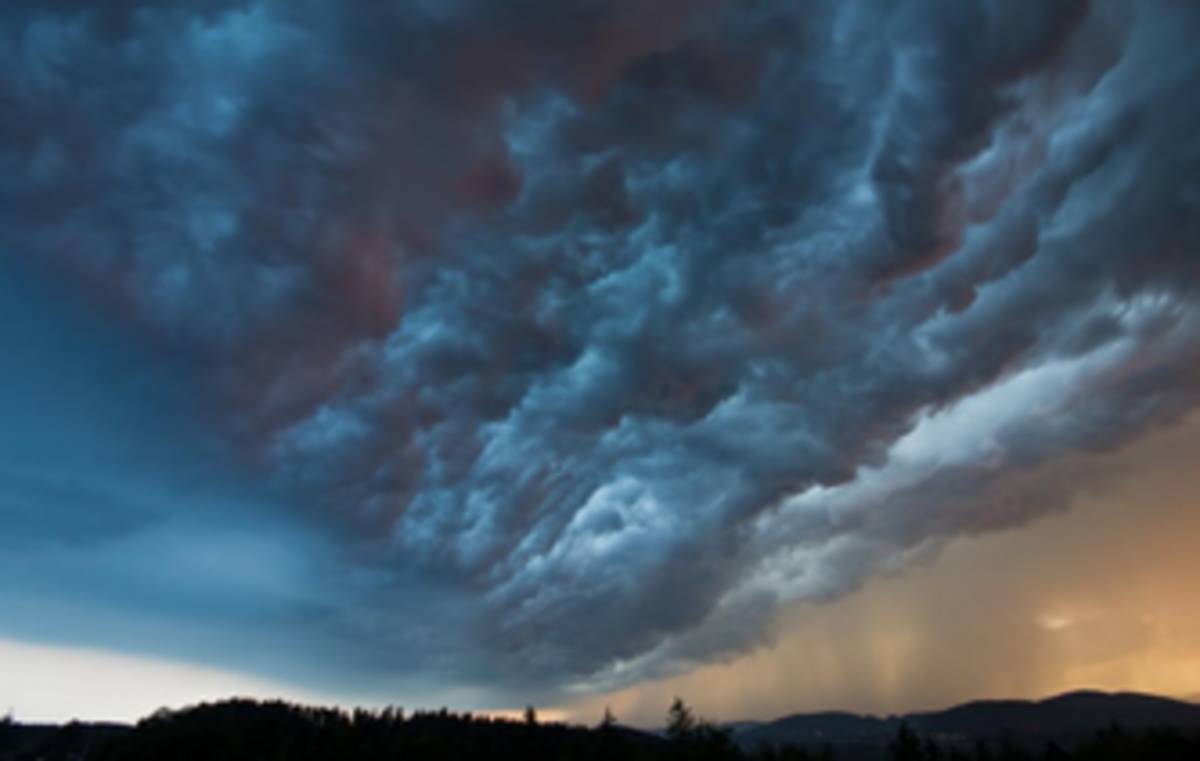The EEA report finds that Europe’s regions are facing rising sea levels and more extreme weather, such as more frequent and more intense heat waves, flooding, droughts and storms due to climate change. The report assesses the latest trends and projections on climate change and its impacts across Europe, and finds that better and more flexible adaptation strategies, policies and measures will be crucial to lessen these impacts.
Significant parts of the report build on science carried out at the JRC, and JRC scientists have been involved in preparing several chapters of the report, namely those on Freshwater systems, Terrestrial ecosystems, soils and forests, Agriculture, and Energy.
The JRC assessed the interplay between soils and climate change described in the report, particularly in relation to organic carbon fluxes and loss of soil by erosion. While climate is one of the factors that determines soil formation and soil processes, soil functions are equally critical to the soil system’s resilience to climate change effects. Soils can offset other greenhouse gas emissions by capturing and storing carbon, and the soil’s flood regulation function (owing to the structuring effect of soil organic matter) can help mitigate the effects of climate change. Soils are also subject to a range of degradation processes, some of which are strongly influenced by climate change. The report presents the JRC's update of the Soil Erosion Indicator which includes a revised estimation of the potential soil losses due to water and a new dataset on soil erosion by wind.
In the agricultural area, the JRC contributed with information on past and future trends in European agriculture. More specifically, the JRC produced figures that refer to the following EEA indicators:
- Growing season for agricultural crops: Trend in the number of frost-free days.
- Agro-phenology: Trend in the flowering date of winter wheat.
- Water-limited crop yield: Projected change in mean water-limited yield of winter wheat by 2030.
- Crop water demand: Trend in the crop water deficit of grain maize during the growing season.
The report draws considerably upon recent JRC work to make projections of weather-related extremes in view of global warming. This includes:
- The “heat wave magnitude index” developed by the JRC, which provides a basis for the discussion on frequency and magnitude of extreme heat waves;
- Storm surge projections along coastlines of Europe;
- River floods with a return period of 100 years, and flood risk;
- Hydrological droughts, evaluating effects of climate change and changes in water use;
- Multi-hazard exposure, including heat and cold waves, inland and coastal flooding, wildfires, drought and windstorms.
For the chapter on energy, the JRC contributed to the chapter on energy with an analysis of past trends and future projections of energy demand for the heating and cooling of buildings. Heating Degree-Days (HDD) and Cooling Degree-Days (CDD), which respectively estimate the energy needed to heat and cool buildings, were analysed for the period 1981-2100 under different climate change scenarios. The results show a significant reduction in heating needs until the end of the 21st century, particularly in north-eastern Europe. On the other hand, there will be an increased need to cool buildings (via air conditioning), mostly in the Mediterranean area and the Balkans. The JRC analyses show that in the northern hemisphere, with a projected population increase, an increase in the energy demand for heating will likely persist despite the warming tendency, while the energy demand for cooling is likely to increase in all countries under each scenario.
Links:
Climate change, impacts and vulnerability in Europe 2016 – an indicator-based report
